Prior to colonization, more than 300 diverse languages were spoken by Native Americans in what is now called the United States. However, nearly all of these languages had one feature in common: they had no written form.
In 1809, a Cherokee man named Sequoyah began working on a writing system for his nation’s language. It was a monumental task, especially considering that he could not read or write in English or any other language. But 12 years later, he completed the Cherokee syllabary, an innovative writing system that is still used today.
Sequoyah's Creation of the Cherokee Syllabary
Though Sequoyah is one of the most significant figures in the Cherokee Nation’s history, many details of his life are uncertain. It’s believed that he was born between 1770-1778 in the town of Tuskagee, near what is now Vonore, Tennessee. The Cherokee Nation is matrilineal, and through his mother, Wuh teh, Sequoyah was a member of the Red Paint Clan. He was also given the English name George Guess, or George Gist, though he spoke only Cherokee.
As an adult, Sequoyah worked as a silversmith and blacksmith, and served with the U.S. Army in the Creek War of 1813-1814. As a result, he spent time with Americans, observing how they used writing to learn and share information. He was determined to give the Cherokee people the same advantage. At first, he attempted to create a pictographic system, in which each symbol represents a word, but realized this would require speakers to learn thousands of symbols.
After the war, he married and signed a treaty exchanging his Cherokee land, eventually settling in Alabama. There, he set out to finish his writing system. He worked so obsessively that he neglected his responsibilities at home and in the fields. His neighbors speculated that he was practicing witchcraft, and his wife grew so frustrated that she burned some of his papers, according to author James W. Parins. But in 1821, he finished the creation of his writing system in 1821, and successfully taught his first pupil: his six-year-old daughter, Ahyokah.
Features of the Cherokee Syllabary
It’s not so unusual to create a new written script: J.R.R. Tolkien created several for The Lord of the Rings, and a Klingon script was created for Star Trek (1979). But Sequoyah’s creation of the Tsalagi syllabary was remarkable, because he invented it without knowing how to read or write in any other languages.
As a result, the Tsalagi writing system is not the use of an existing alphabet to transcribe the sounds of the Cherokee language into written form. It is designed precisely for the sounds of Cherokee. Sequoyah’s syllabary contained 86 characters (later reduced to 85), which include characters composed of English, Greek and Hebrew letters, according to linguist Peter Unseth.
According to Ellen Cushman, a professor at Northeastern University and member of the Cherokee Nation, syllabaries have an advantage over alphabets. Once a Cherokee speaker learned the 86 syllabics, they could immediately read and write, because the syllabics corresponded exactly to the sound of the spoken words. Compare this to learning English, where you need to learn the 26-character alphabet, then learn to put those sounds together to form syllables and words. As a result, says Cushman, “Within three to five years of its introduction, the tribe could read and write.” As many as 90 Percent of the Cherokee were literate by the 1830s, a far higher literacy rate than among the white settlers of America.

Sequoyah’s syllabary was not only transformative for the Cherokee Nation: it also provided a template for many other novel writing systems. Syllabics are used by the Cree, Ojibwe and Inuit peoples in what is now Canada, and the dissemination of a syllabic writing system among the Cree in the 1840s, inspired by Sequoyah’s work, led to a similarly rapid explosion of literacy. Linguist and scholar Dr. Peter Unseth of Dallas International University has estimated that Sequoyah’s creation influenced the development of 21 scripts across three continents and 65 languages.
Use of the Syllabary
Sequoyah and his daughter Ahyokah demonstrated their syllabary to Cherokee leaders in Arkansas and North Carolina, and quickly convinced the nation of its usefulness. It began to spread rapidly, and in 1825, the Cherokee National Council formally adopted the syllabary as their writing system. Because of its intuitive features, fluent speakers of Cherokee could learn the syllabary within a few weeks and begin teaching it to others.
Missionaries saw literacy among the Cherokee as an opportunity to spread the gospel, and religious tracts as well as the Bible were quickly translated into Cherokee. The Nation also translated legal documents, educational materials, and annual almanacs into Cherokee, according to Parins. The Cherokee Constitution, adopted in 1827, was printed in Cherokee and thus accessible to nearly every member of the nation. Partly as a result of these early efforts, there is more literature published in Cherokee than any other Native American language.
Flourishing literacy and publishing among the Cherokee were disrupted in the 1830s by the violent actions of the United States Government. In 1830, President Andrew Jackson signed the Indian Removal Act to forcibly remove the Cherokee and other tribal nations from their homelands, and relocate them to “Indian Territory” in what is now Oklahoma. The decade was marked by increasingly brutal treatment of Native Americans, and in 1834 the Georgia Guard burned down the office of the Cherokee Phoenix. In 1838, the Cherokee were forced to march the Trail of Tears to Indian Territory, and thousands died along the journey.

Buy it here if you like it 👉 Click here
The decades that followed were marked by forcible assimilation efforts, including the establishment of Indian boarding schools. Part of this mission was to eradicate Native languages and replace them with English, while also separating Native children from their families and, by extension, their languages, cultures and traditions. Cherokee, along with many other Native languages, has declined precipitously, and in 2022 it was estimated that there were only 2,000 fluent speakers left.
However, the 20th century witnessed a revival in Cherokee language learning efforts and resources, along with increased tribal sovereignty. In 1975, the Cherokee Nation passed a new Constitution and began printing their own newspaper again for the first time in more than a century. That same year, Durbin Feeling, a Cherokee linguist, published the first Cherokee-English dictionary. Feeling also taught Cherokee at universities and developed educational materials, including digital tools. He added the syllabary to word processors in the 1980s, and initiated the process of adding Cherokee to Unicode, which means it can be used on computers and smartphones around the world.
Today, the Cherokee Nation offers immersion programs in schools, and a number of universities offer Cherokee language programs. Each year, a group of fluent speakers from the three Cherokee tribes gather to translate new words like “blog” or “iPhone” into Cherokee.
Because of Sequoyah’s invention, the Cherokee people have access to a literary tradition that stretches back further than any other Native American tribe. Feeling, who died in 2020, told his people, “Everyday, just keep speaking Cherokee. If you do that, it will all be OK.”
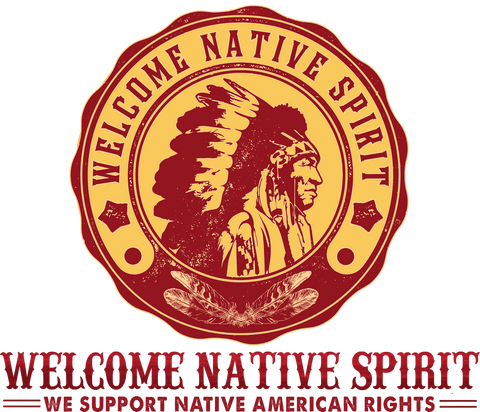

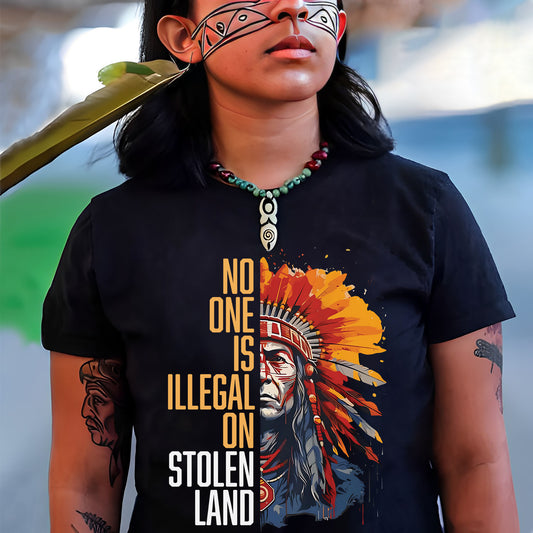
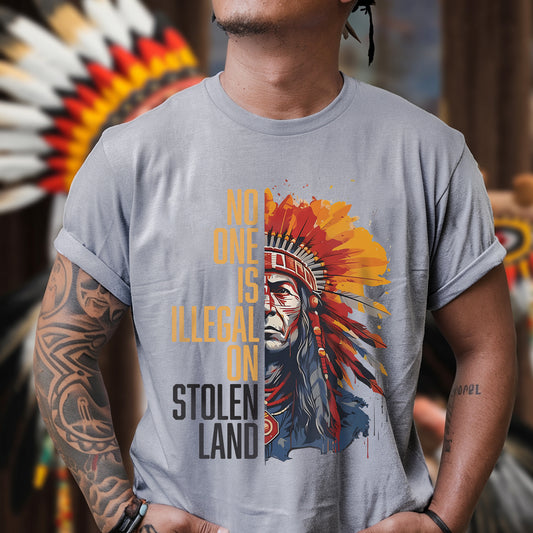
![[Two Sides] Trail of Tears The Deadly Journey Unisex T-Shirt/T-Shirt V-Neck/Hoodie/Sweatshirt](http://welcomenativespirit.com/cdn/shop/files/20_2bae9cf5-c07c-4ea5-a8ea-de74aa71325d_533x.jpg?v=1757466962)
![[Two Sides] Trail of Tears The Deadly Journey Unisex T-Shirt/T-Shirt V-Neck/Hoodie/Sweatshirt](http://welcomenativespirit.com/cdn/shop/files/gray_-2side_b51af6c7-cea9-4004-90db-cb8d883be04a_533x.png?v=1759742586)

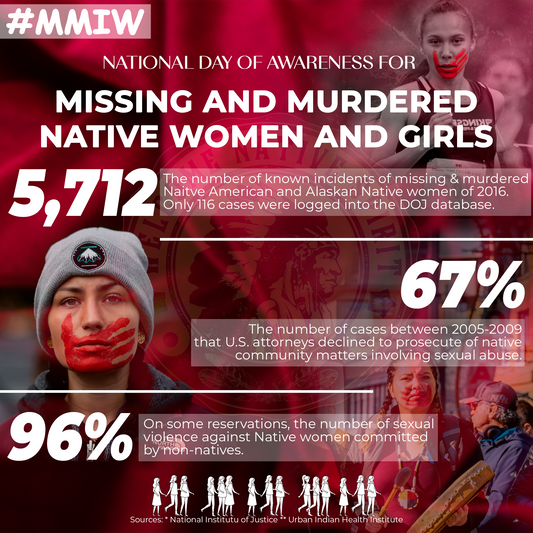
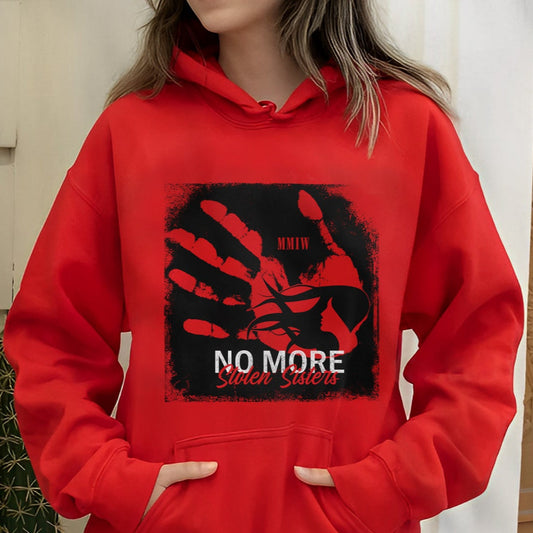

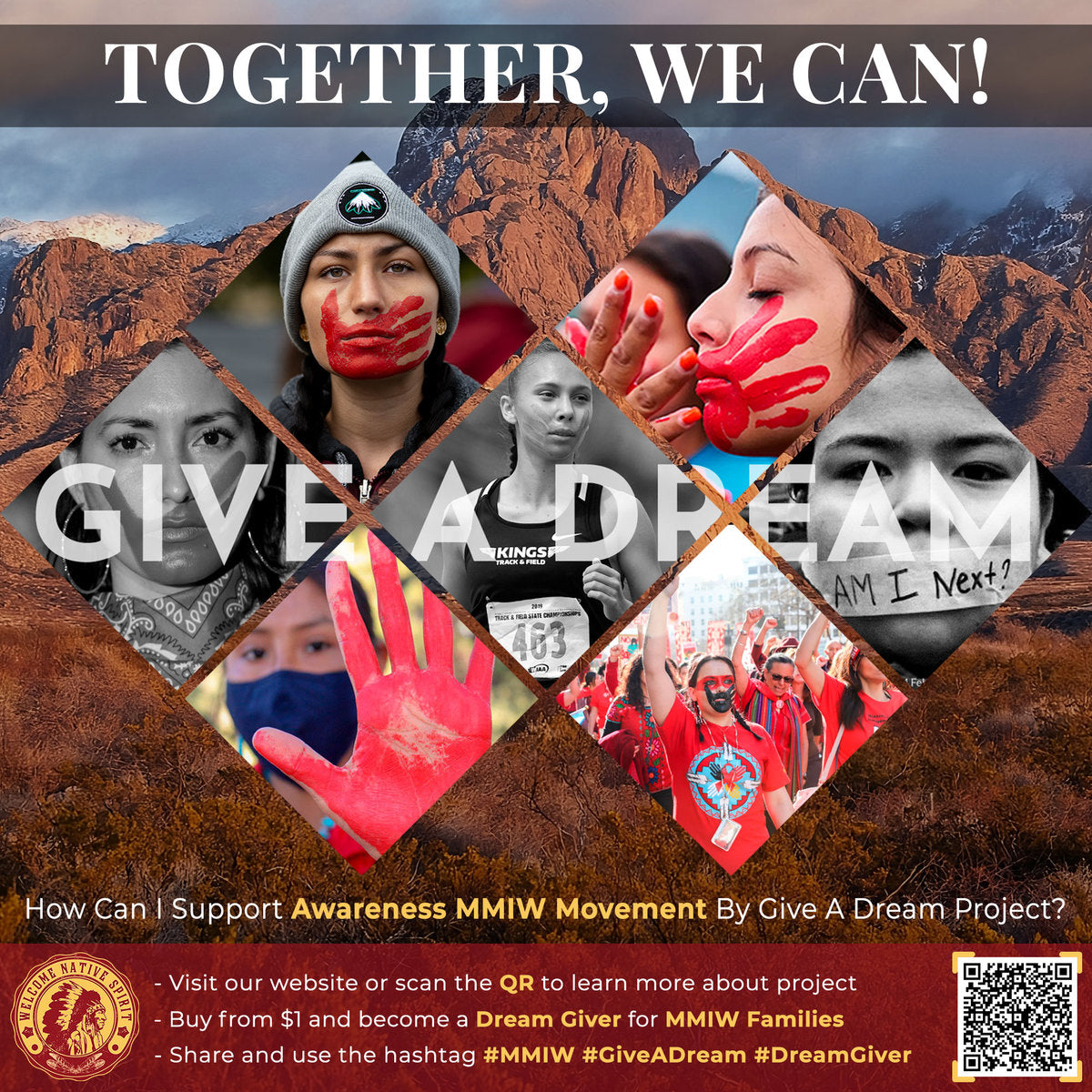

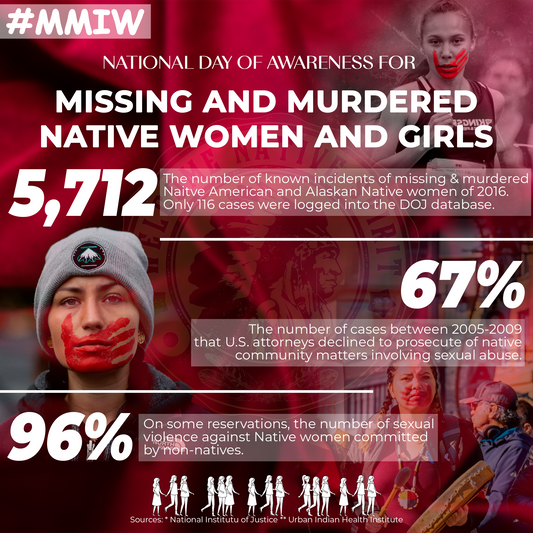
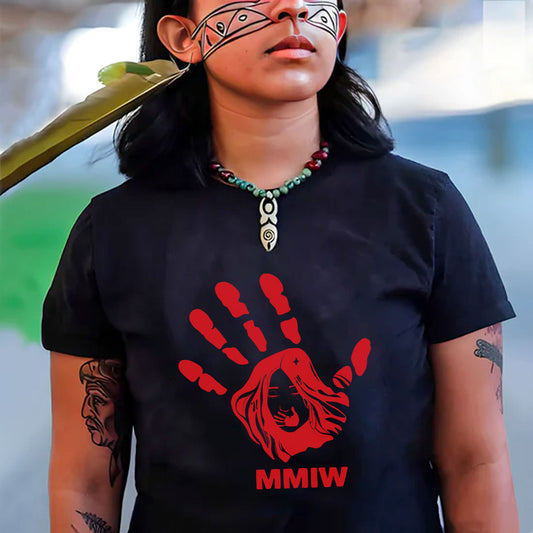
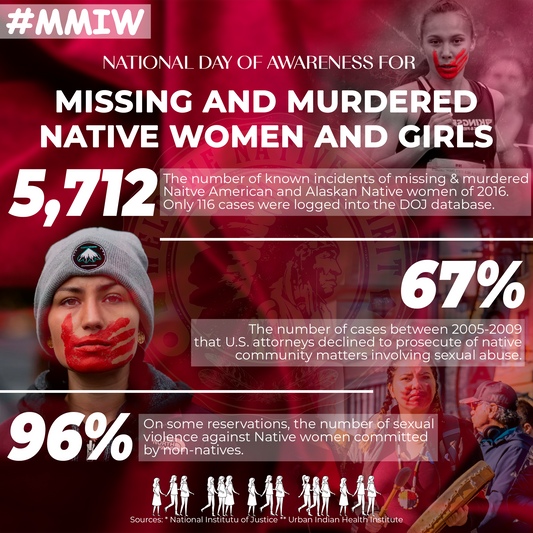




3 Comments
I also would like to get a book to learn how to speak Cherokee. My father was bourn in Cherokee OK.
I would love to know how I can get a dictionary with English to Cherokee dictionary so I can learn to speak my family’s native tongue/ language. I used to have a book how to speak Cherokee, but it was stolen. I was trying to learn Cherokee.
Thank you , Heather
I would love to know how I can get a dictionary with English to Cherokee dictionary so I can learn to speak my family’s native tongue/ language. I used to have a book how to speak Cherokee, but it was stolen. I was trying to learn Cherokee.
Thank you , Heather